Originally posted by domesticated
View Post
Now I'm no engineer, or geometrist (geometricist
 )
)  I don't even know how to read this chart ^^, I'm just coming off the top of the head here, but I was pretty ok in physics and maths in school (albeit high school). That word geometry I've seen posted a lot when talking about lowering the CB, and I wonder if people can really claim full understanding of the geometry of the CB front suspension and just go "throw a spc ball-joint in there..." and.... the geometry is back to stock
I don't even know how to read this chart ^^, I'm just coming off the top of the head here, but I was pretty ok in physics and maths in school (albeit high school). That word geometry I've seen posted a lot when talking about lowering the CB, and I wonder if people can really claim full understanding of the geometry of the CB front suspension and just go "throw a spc ball-joint in there..." and.... the geometry is back to stock Because from poking around under there I've realized how much of a jenga act the whole thing really is (As well as the beauty of engineered balance, where a number of small components can dissipate the pressure from tons of metal bouncing around while suspended inches from the ground) For instance, there's nothing holding your wheel on to the car but the bearings. I've looked.
Because from poking around under there I've realized how much of a jenga act the whole thing really is (As well as the beauty of engineered balance, where a number of small components can dissipate the pressure from tons of metal bouncing around while suspended inches from the ground) For instance, there's nothing holding your wheel on to the car but the bearings. I've looked.Suspension polled as the 'most misunderstood concept' in 'tuner world', so I take that to mean most people think they understand it, and so frown on the others.
I think a lot of people think the geometry of the suspension is like a parallelogram, with one long side moving up and down, and the other long side motionless in relation to the road (if your bushings are good), when actually things are moving in arcs rather that straight lines, with multiple pivot points.
I'm going to draw some diagrams to explain myself.

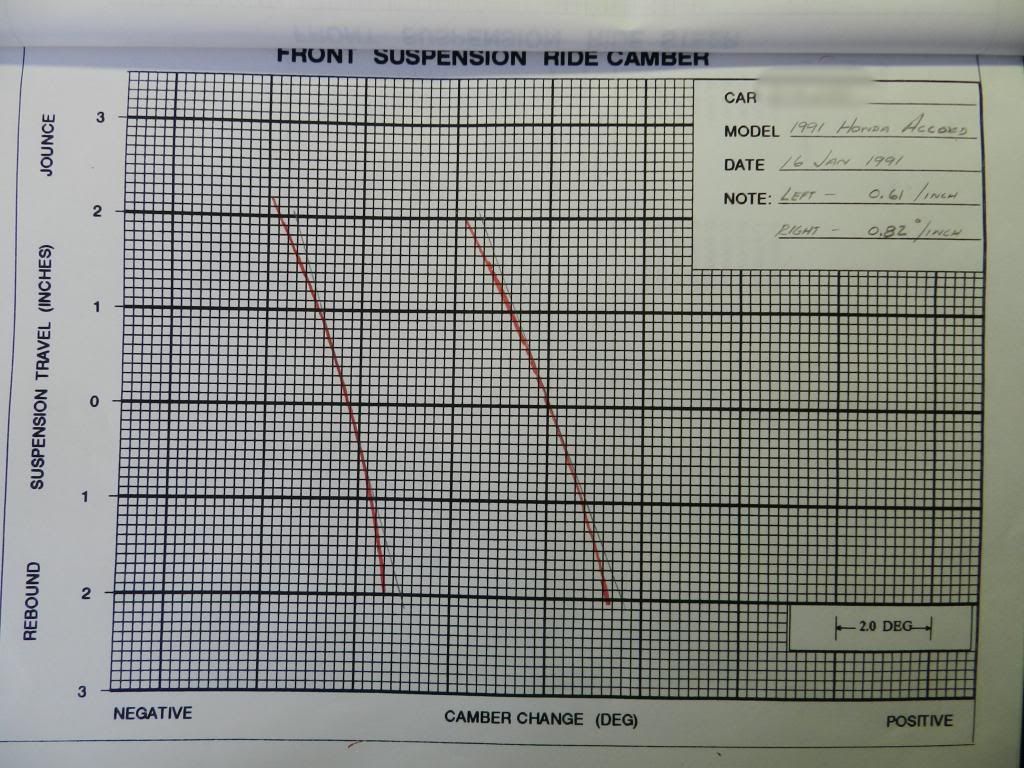

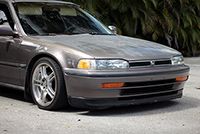
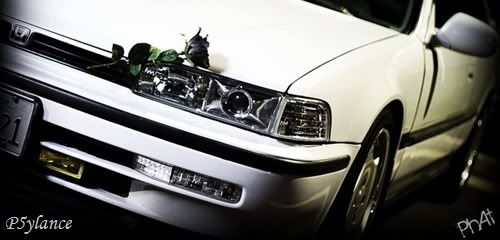
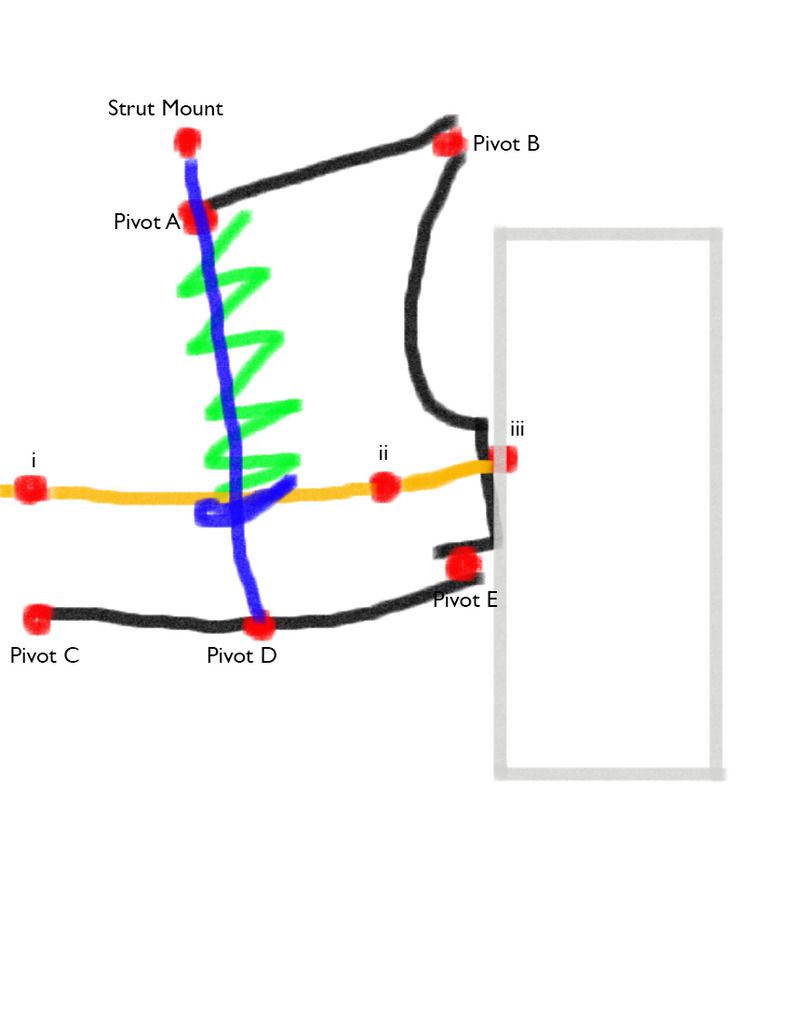

 )get it..toe. Probably not, probably twinkle toed than a mug. moving on
)get it..toe. Probably not, probably twinkle toed than a mug. moving on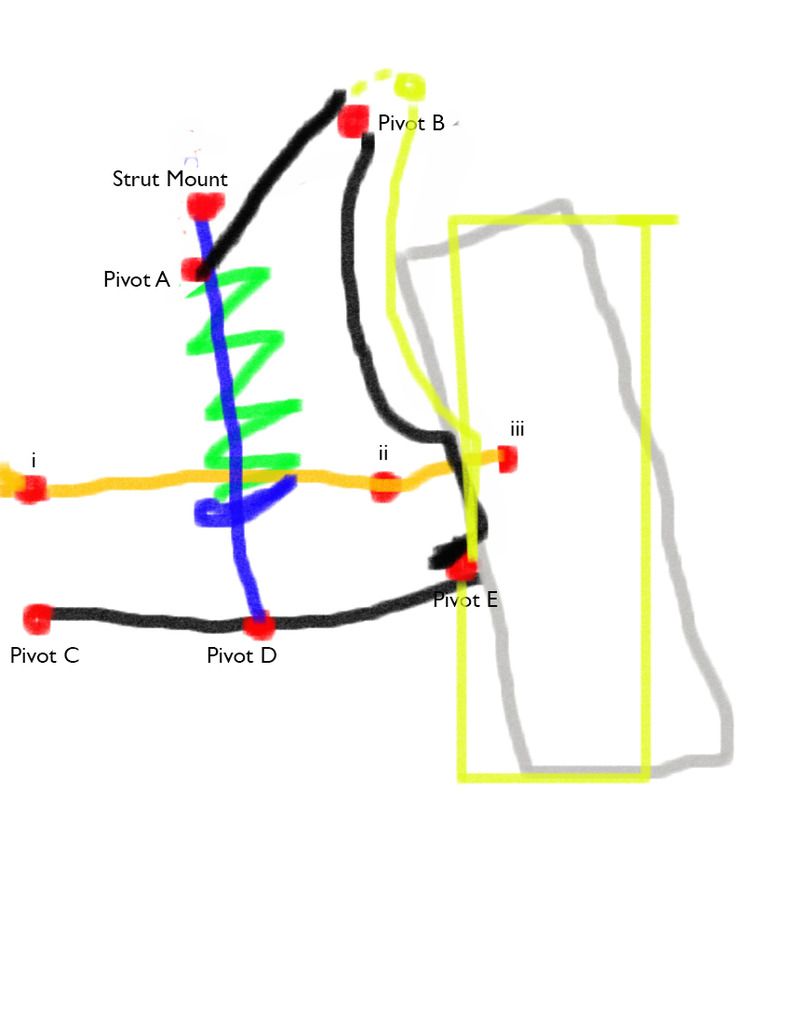

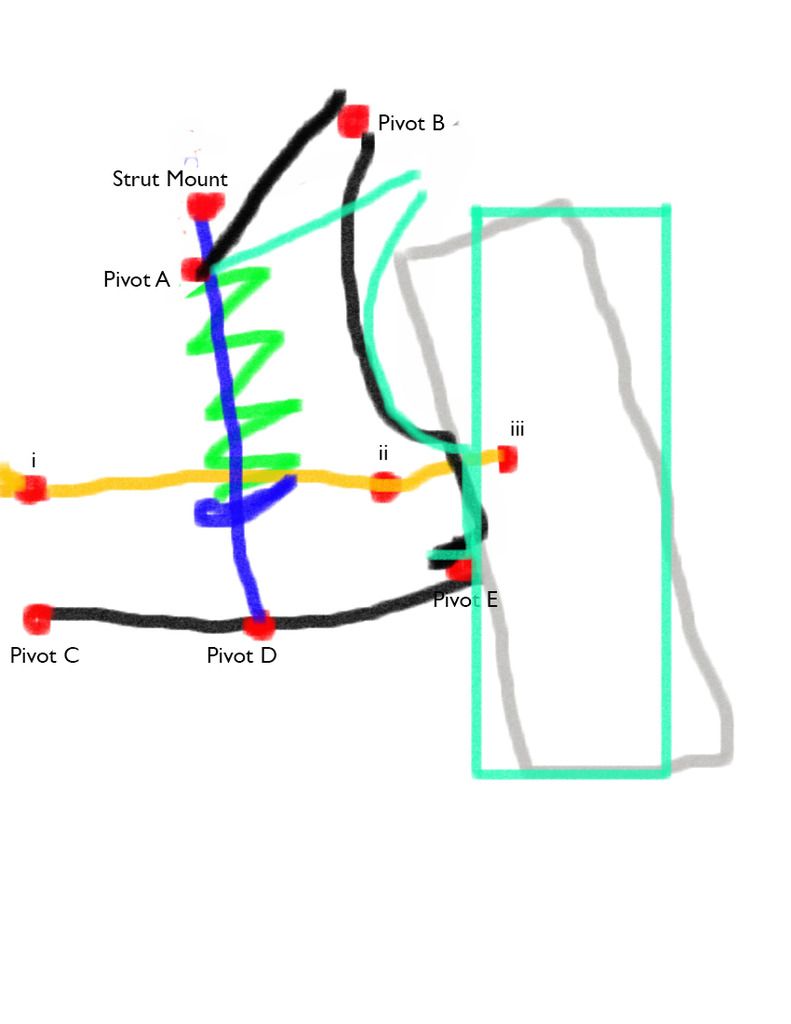


Comment